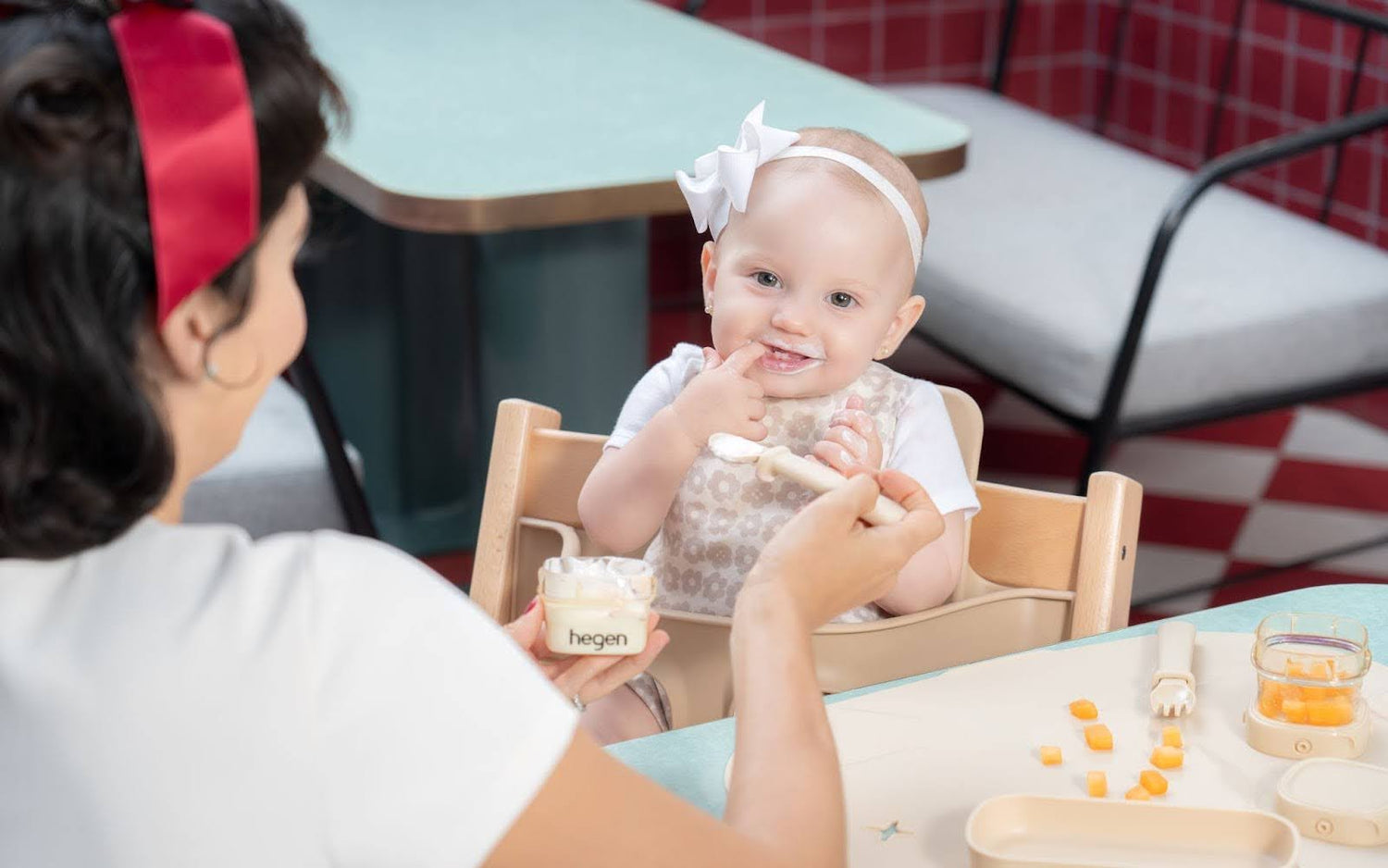Seeing your little one's delicate skin become red and inflamed with a nappy rash can be a concerning experience. However, while it’s understandable to feel anxious when your baby is uncomfortable, this common issue is often quickly remedied.
In this blog, we’ll guide you on how to prevent and manage a diaper rash, aiming to get rid of it in as little as 24 hours.
Understanding Nappy Rash
Nappy rash is a form of skin inflammation that typically presents as redness and soreness on a baby’s bottom. It’s most often linked to a combination of moisture, friction, and various irritants in the diaper area.
Common Signs and Symptoms
Babies with a diaper rash often exhibit a range of visual and behavioural symptoms.
Visual symptoms
- Redness: The skin in the diaper area appears pink or red, sometimes with a splotchy appearance.
- Soreness: The rash may feel warm to the touch and can appear tender and swollen.
- Scaly skin: The affected skin may develop a rough texture, indicating significant dryness and irritation.
- Peeling: The top layer of skin begins to peel or flake away, revealing raw, sensitive skin underneath.
- Blisters or open sores: These are more severe signs that may indicate an infection, requiring immediate medical attention.
Behavioural signs
- Fussiness: Your baby may seem more irritable than usual, especially when their diaper area is touched or cleaned.
- Crying during diaper changes: As the diaper change becomes very uncomfortable for your baby, they may cry and resist.
What Causes Diaper Rash?
Various causes lead to different diaper rash types, and understanding these can help you pinpoint the best course of action.
Irritant Diaper Rash
This is the most common form of baby diaper rash, which is caused by prolonged contact with irritants like wetness and stool. The condition is often exacerbated by friction from a diaper that is too tight or ill-fitting.
Yeast Diaper Rash
A fungal infection can begin in the warm, moist diaper area, leading to an overgrowth of Candida, the yeast that causes thrush. This rash presents as bright red, raised patches with small red dots that spread outwards, and often requires an anti-fungal cream to resolve.
Allergic Diaper Rash
A baby’s skin is incredibly delicate and can be more sensitive to allergens in products, such as wipes, lotions, and laundry detergents. Additionally, the materials and fragrances used in your baby’s diaper may provoke a rash.
How to Get Rid of a Diaper Rash in 24 Hours
By treating a diaper rash as soon as it happens, it’s possible to eliminate it in 24 hours. Follow these steps to soothe your baby’s skin:
- Change frequently: Change diapers immediately when wet or soiled, and aim for a change every one to two hours to keep the area as dry as possible.
- Cleanse gently: Use warm water and soft cotton pads or a cloth to clean the area gently. Avoid harsh rubbing.
- Air dry thoroughly: After cleansing, allow your baby's bottom to air dry completely before putting on a fresh diaper.
- Apply a barrier: Apply a thick layer of nappy rash cream containing zinc oxide or petroleum jelly to create a protective barrier.
- Encourage nappy-free time: Allow for extended periods of nappy-free time on a waterproof mat or towel to help the skin heal.
How to Prevent Diaper Rash
When it comes to your baby’s delicate skin, prevention is always better than cure. As such, adopt these habits to reduce the likelihood of a nappy rash developing:
- Use gentle products: Opt for fragrance-free and alcohol-free wipes and bath products to avoid irritating your baby's skin.
- Ensure a proper fit: Make sure nappies are snug but not too tight to allow for air circulation and prevent chafing.
Feel Confident in Baby Care

While baby diaper rashes are a common occurrence, they can be managed effectively with the proper care strategies. So, take preventative measures to avoid a rash as much as possible. However, if one does appear, remember that swift diaper rash treatment is key to achieving quick relief.
As you navigate the early postpartum period and beyond, you might feel overwhelmed by the demands of baby care, especially if you’re a new parent. Nevertheless, you don’t have to navigate the challenges alone as there are supportive resources available.
For example, consider Flegen’s newborn care class and breastfeeding workshop, which offer avenues for you to equip yourself with the skills and knowledge you need to handle various aspects of your baby’s well-being. With licensed professionals and various class formats, we ensure that you learn in a nurturing and supportive environment.
Tackle parenting with confidence and joy – explore our classes or book a consultation with us today!





